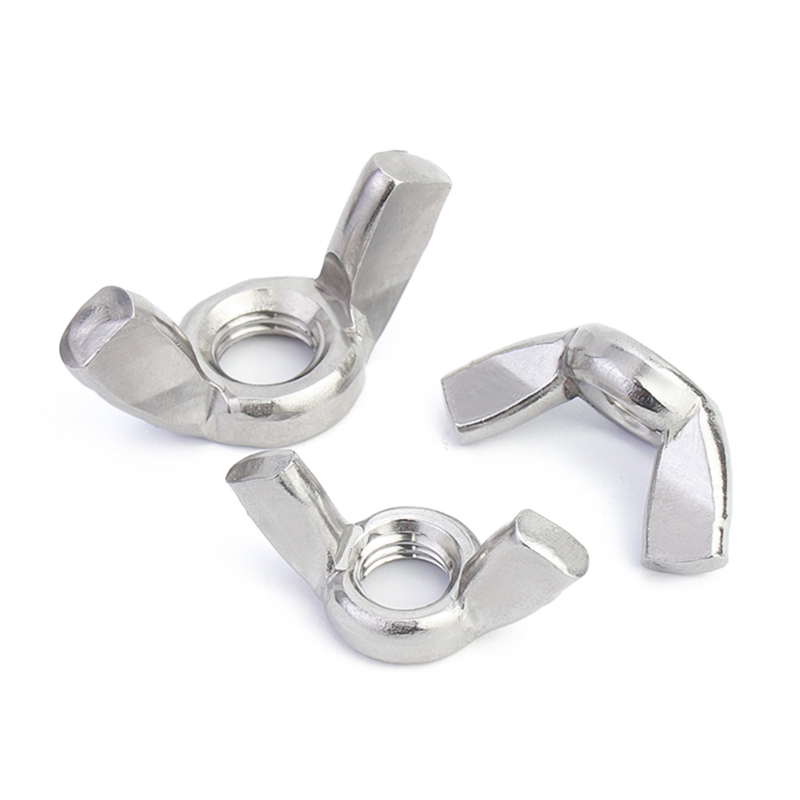

Different Varieties of Flange Nuts and Their Applications in Fastening Solutions
أكتوبر . 31, 2024 17:32 Back to list
Different Varieties of Flange Nuts and Their Applications in Fastening Solutions
Types of Flange Nuts
Flange nuts are widely used fasteners that feature a circular flange at one end, which acts as an integral washer. This design allows for better load distribution and significantly reduces the risk of damage to the material being fastened. They offer several advantages over traditional nuts, particularly in applications where vibration and loosening are concerns. Below, we will explore the various types of flange nuts commonly used in different industries.
1. Standard Flange Nuts
The most basic type of flange nut is the standard flange nut, which is characterized by its flat, wide flange that provides a larger bearing surface. This is especially useful in thin materials where standard nuts might pull through. Standard flange nuts are often made from steel or stainless steel and are available in various sizes, allowing them to accommodate a wide range of applications.
2. Locking Flange Nuts
Locking flange nuts incorporate a special design to prevent loosening under vibration or torque. They often feature a nylon insert or specially shaped threads that grip the bolt tightly. Locking flange nuts are frequently used in automotive and industrial applications, where vibration can lead to fastener failure. They combine the advantages of a flange nut with additional security, making them a preferred choice for many critical assemblies.
3
. Serrated Flange Nutstypes of flange nuts

Serrated flange nuts are specifically designed with serrations on the underside of the flange. These serrations grip the surface of the material being fastened, providing resistance against loosening due to vibration or movement. They are commonly used in applications requiring high levels of vibration resistance, such as in automotive or aerospace industries. The added grip provided by these serrations makes them an effective choice in demanding environments.
4. Captive Flange Nuts
Captive flange nuts, also known as self-locking flange nuts, are mounted on a bolt with the intention of staying attached during use. They incorporate a design that allows them to remain in place, preventing loss during assembly or service. This trait is particularly valuable in manufacturing and assembly operations where dropped nuts can lead to increased labor costs and downtime.
5. Non-Standard Flange Nuts
In addition to the standard types, many manufacturers also produce non-standard flange nuts that are tailored for specific applications. These may include custom sizes, materials, and coatings to suit particular environmental conditions or aesthetic requirements. Non-standard flange nuts allow engineers to adapt fastening solutions to meet unique project demands, further expanding the versatility of flange nuts.
Conclusion
Flange nuts are a vital component in many mechanical assemblies due to their ability to distribute load and resist loosening under dynamic conditions. Understanding the different types of flange nuts, such as standard, locking, serrated, captive, and non-standard options, helps engineers and technicians make informed choices for their specific applications. By selecting the appropriate flange nut, one can enhance the performance and reliability of their assembly, ensuring that it withstands the test of time and usage. Whether in automotive, aerospace, or industrial settings, flange nuts play a crucial role in the world of fasteners.
Latest news
-
Hot Dip Galvanized Bolts-About LongZe|High Strength, Corrosion Resistance
NewsJul.30,2025
-
High-Strength Hot Dip Galvanized Bolts - Hebei Longze | Corrosion Resistance, Customization
NewsJul.30,2025
-
Hot Dip Galvanized Bolts-Hebei Longze|Corrosion Resistance&High Strength
NewsJul.30,2025
-
High-Strength Hot-Dip Galvanized Bolts-Hebei Longze|Corrosion Resistance&High Strength
NewsJul.30,2025
-
Hot Dip Galvanized Bolts-Hebei Longze|Corrosion Resistance&High Strength
NewsJul.30,2025
-
Hot Dip Galvanized Bolts - Hebei Longze | Corrosion Resistance, High Strength
NewsJul.30,2025

